Cornell researchers show that imperfect graphene sheets can display “electrical highways”.
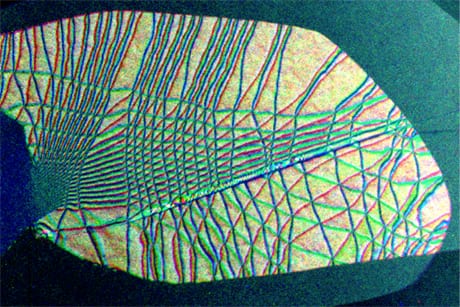

Cornell researchers show that imperfect graphene sheets can display “electrical highways”.
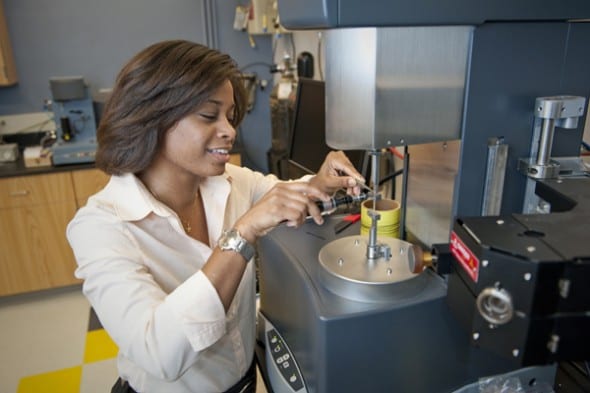
Mechanical and industrial engineering assistant professor Marilyn Minus has developed a superstrong fiber that rivals the best in the industry.
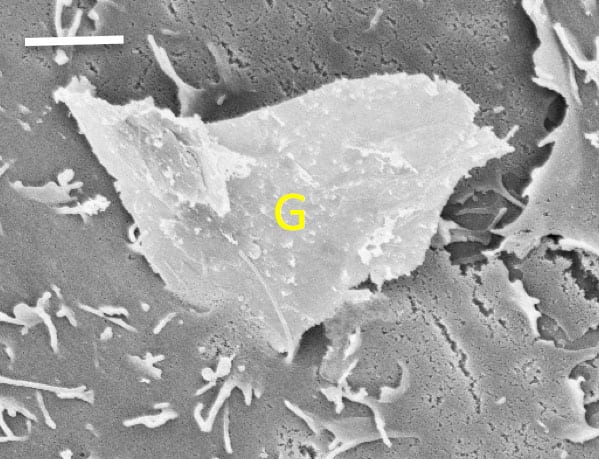
New research adds to knowledge of potential toxicity of nanomaterials.

DNA-sequencing microchip functions after exposure to radiation doses similar to those that might be expected during a robotic expedition to Mars.
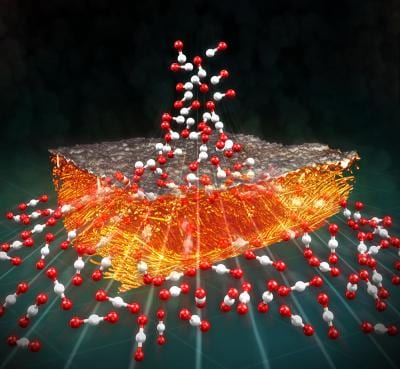
Micro-computed X-ray tomography and microfluidic-based electrochemical analysis give new insights into into electrode structure-performance relationships.
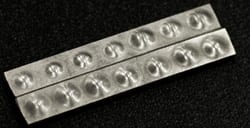
Bubble wrap is lighter, stronger and more flexible than sheet metal and more heat- and chemical-resistant than plastic or other polymer-based bubble wraps.
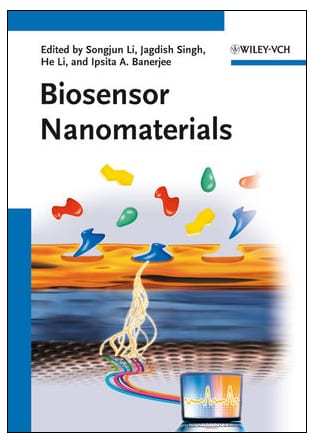
Biosensor nanomaterials, edited by Songjun Li, Jagdish Singh, He Li, and Ipsita A. Banerjee, reviewed by Professor Luisa Torsi from the University of Bari.
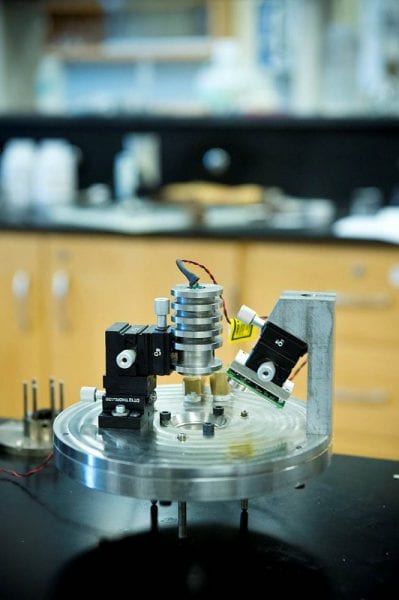
New hydrothermal atomic force microscope under development at Wright could hit 250 degrees.

Twelve partners from science, research, and industry joint together to develop kerosene from algae.
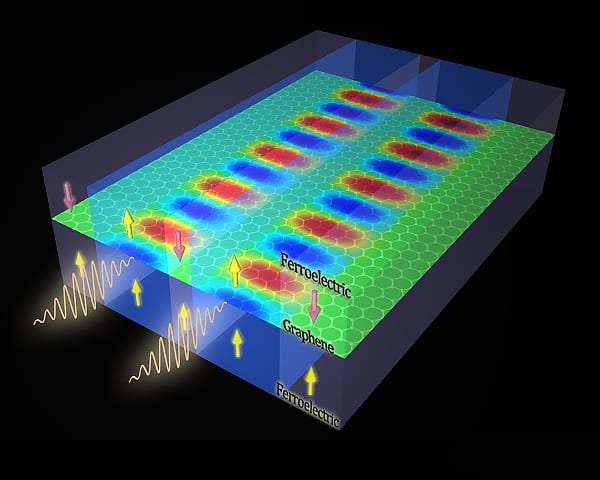
New system uses two-dimensional structures to guide plasmonic waves at ultrashort wavelength, offering a new platform for memory and computer chips.